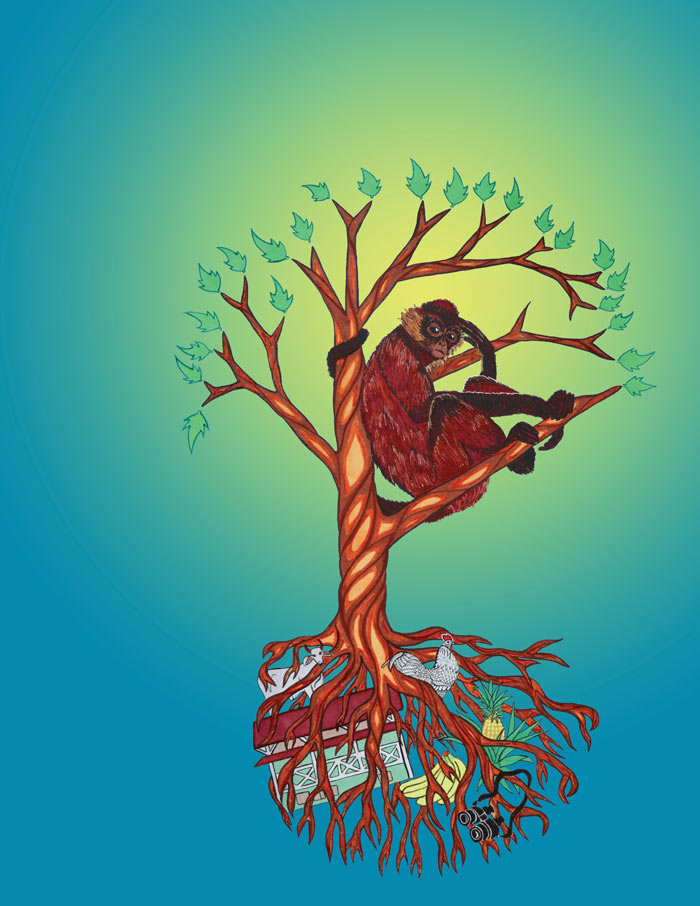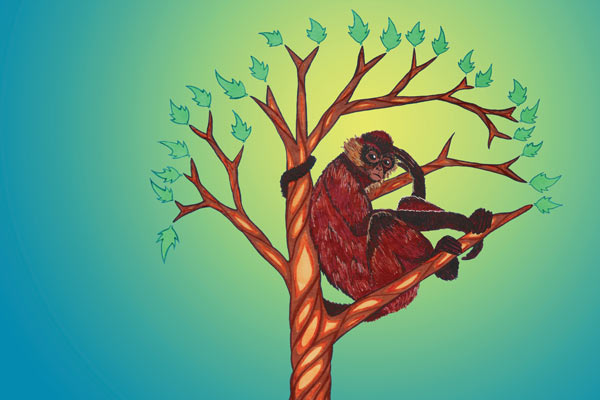Recent primate research has had a heavy focus on a few charismatic species and nationally protected parks and forests, leaving some lesser known primates and their habitats at risk, according to anthropologists at UT Austin and Santa Clara University.
“With nearly a third of primate species listed as critically endangered and 60% of all primate species classified as threatened with extinction by the International Union for Conservation of Nature, the window of opportunity for conserving these mammals is quickly closing,” says the study’s co-author, Allison McNamara, a Ph.D. candidate in anthropology at UT Austin. “To protect these species, we have to understand their biology, ecology, life history, behavior and evolutionary flexibility.”

The study, which appeared in Evolutionary Anthropology, examined more than 29,000 research articles published between 2011 and 2015. The researchers found that more than half of the 504 primate species were left out of the literature. And of the 240 species studied, 13% of the research was on chimpanzees, compared with 3% of research that focused on the next most prevalent species, the Japanese macaque.
“To protect these species, we have to understand their biology, ecology, life history, behavior and evolutionary flexibility.”
Allison McNamara
“There are a large number of primate species and populations that are being ignored, which has the potential to misrepresent primate patterns and influence primatological and anthropological theoretical frameworks,” says the study’s lead author, Michelle Bezanson, an anthropologist at Santa Clara University. “Additionally, not studying certain species makes it impossible to know what risks they face in their habitat, so that scientists can help inform conservation efforts.”
In examining the published works, McNamara and Bezanson were most surprised to find 31 primate habitat countries where no research was being conducted, including Guatemala, Trinidad, Zimbabwe, Sudan, Afghanistan and Singapore. Instead, most of the field work was conducted in national parks and protected areas of mainland Africa (35.6%), followed by North and South America (29.2%), Asia (25.1%) and Madagascar (9.9%).”
